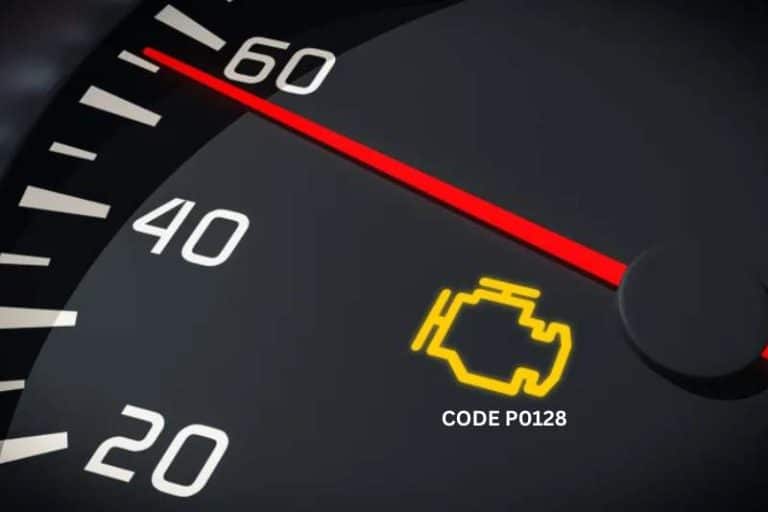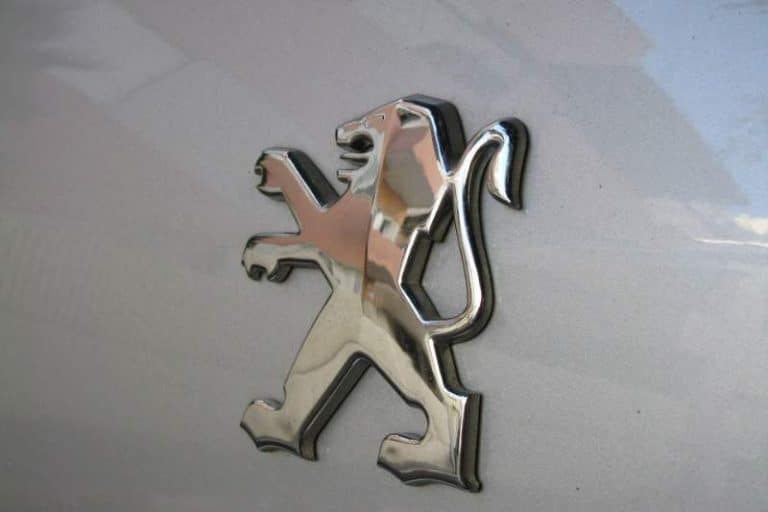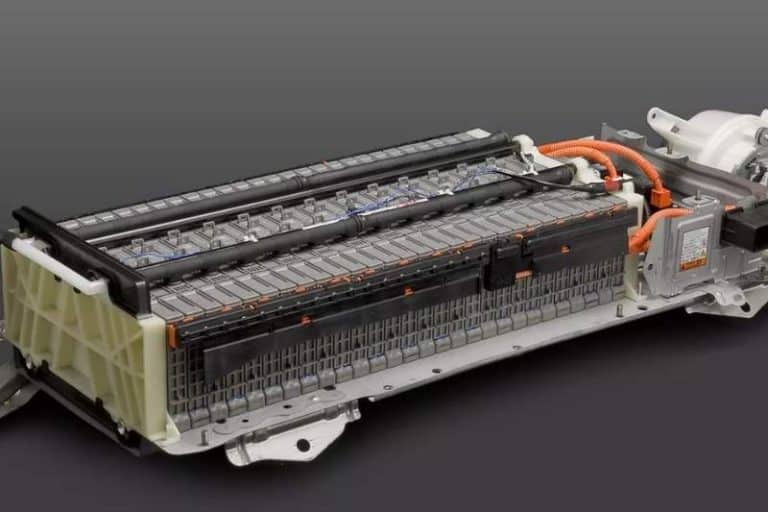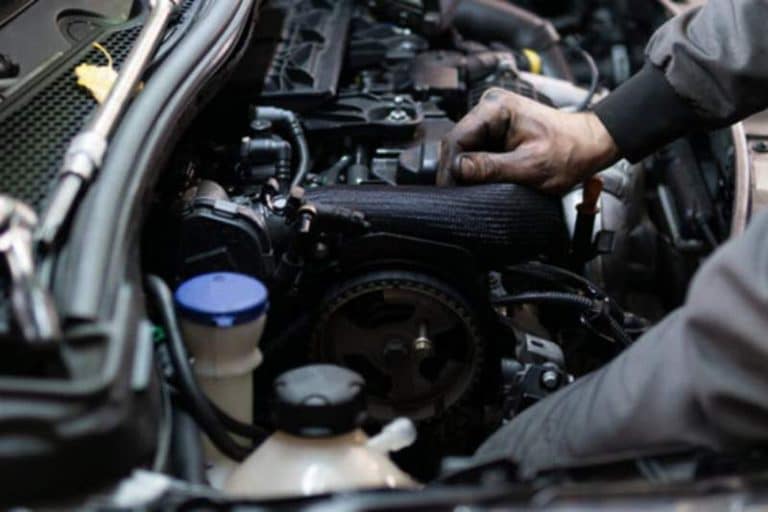TORQUE CONVERTER SHUDDER: Diagnosis, Causes and How to Fix
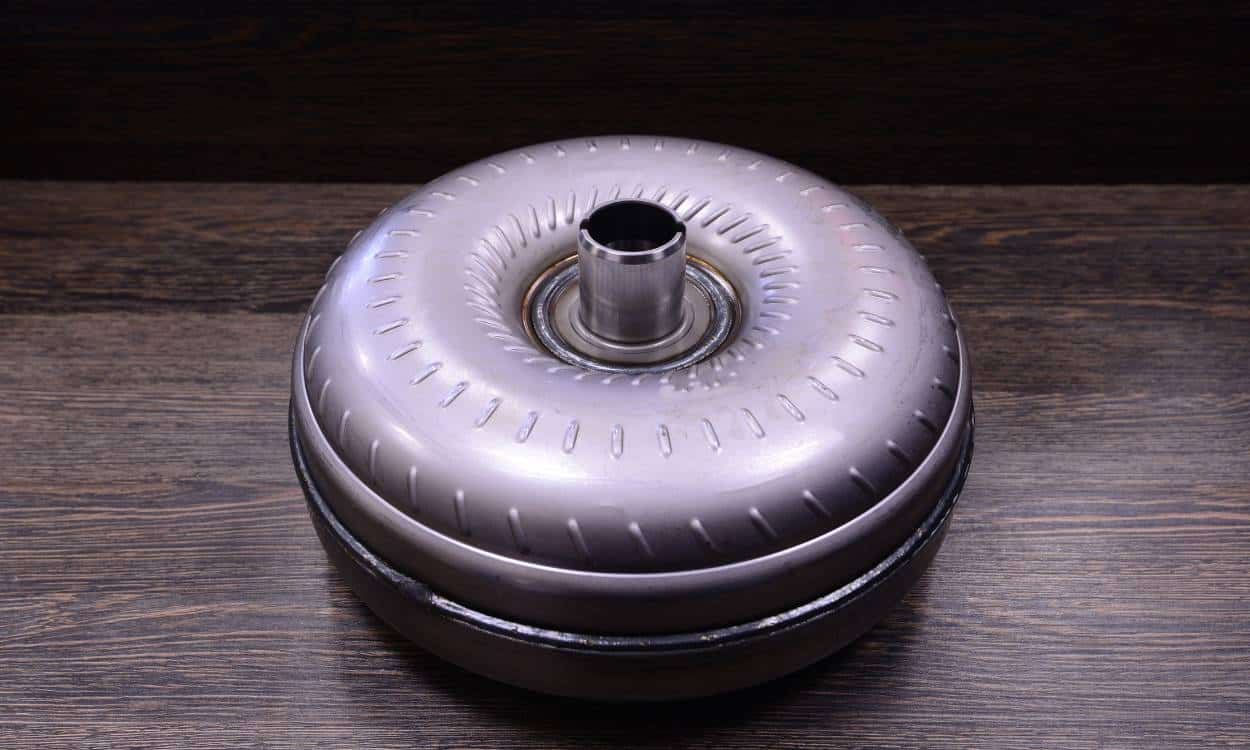
Torque converter shudder is the jerking or jerking of the vehicle after the internal clutch engages in the torque converter. Most torque converter shudders occur at about 45MPH. It’s like running over a rough spot on the road or running over a cattle guard. As soon as it happened, it went away until it happened again.
TORQUE CONVERTER SHUDDER
The torque converter’s shuddering sensation can be compared to hitting a rough spot on the road. Torque converter shudder is a slight vibration in the vehicle whenever the internal clutch within the torque converter engages. They call it lock-up. Often this problem is misdiagnosed and sometimes the transmission needs to be rebuilt.
TORQUE CONVERTER SHUDDER DIAGNOSIS
On most cars, one way to identify torque converter shudders is to lightly touch the brake pedal. While you maintain speed with one foot, apply the brakes lightly with the other. If the shudder stops automatically, the problem is with the torque converter clutches. Most vehicles disengage the torque converter clutches whenever the operating system detects braking. A trained technician can check the lockup using a vehicle scan tool. These tests are very important because a small misfire can cause the same sensation and be mistaken for torque converter shudder.
HOW TORQUE CONVERTER LOCKUP WORKS
A torque converter is a coupling between a vehicle’s motor and transmission. Its design is to enable the vehicle to grind to a stop with the motor running. Something has to slip in order to do this, and that is the torque converter. From this point of view, it works like an automatic clutch.
A torque converter works by converting power through fluid motion. An easy way to understand this is to consider 2 desk fans. We connect the fan to the power source and turn it on. We don’t turn on the second fan, however, just put it on the first one. The movement of air, initiated by a running fan, causes the fan blades in the other fan to explode. A torque converter works similarly, however, using liquid as opposed to air. Fluid is significantly more viscous than air and transmits significantly more power.
They connect the torque converter housing to the motor flywheel. At this point when the motor is running, the blades inside the torque converter are rotated by the transmission fluid. The movement of this fluid turns other blades, which are connected to the transmission. This is what drives the vehicle and, while idling, enables the motor to drive the vehicle stationary.
Slippage is required to keep the vehicle stationary while the engine is running. Because some of this slippage will occur while driving, fuel mileage will suffer. Newer vehicles will use a clutch that is located inside the torque converter to stop slipping, whenever it is not needed. The clutch will lock up so that the torque converter rotates at the same engine speed. It transmits more power available and helps fuel mileage.
Whenever the internal clutch is engaged, it is called torque converter lockup. This happens after the car turns and will be released when your car comes to a stop. This clutch requires specific lubricants in the transmission fluid to function properly.
CAUSES OF TORQUE CONVERTER SHUDDER
Lubrication for the torque converter clutch is one explanation behind the availability of such a large number of automatic transmission fluids (ATF). Without the substances in these fluids, the clutch can make noise when engaged, causing a shuddering sensation. On the occasion that chatter is allowed, it can damage the clutch. Clutch material will mix with the fluid and can destroy the automatic transmission. Not changing the automatic transmission fluid regularly can cause the torque converter to vibrate.
Using the wrong transmission fluid, even when flushing the transmission, can cause torque converter vibration and a variety of other problems. This is a specific problem with Honda and Ford vehicles. Most transmission fluids contain friction modifiers to help prevent shaking. Time, mileage, and heat wear down additives in auto transmission fluid. Without these additives, clutches can wear and chatter. Exhausted transmission fluid can cause gaskets and seals to shrink, resulting in leaks. Rear Wheel Ford vehicles have a common problem with this.
TORQUE CONVERTER SHUDDER FIX
The best way to solve your torque converter shudder problem is to:
Have your transmission serviced by a mechanic
Replace your (ATF) automatic transmission fluid
If the transmission pan still has excessive debris or shuddering after servicing, you may need to replace the torque converter. In some cases, you may need to rebuild your transmission.
TORQUE CONVERTER SHUDDER REPAIR COST
On average, torque converter shudder repairs cost about $187.50. Torque converter shudder repair costs ranged from $125 to $250 in the US. This is the cost of draining your transmission and filling it with new transmission fluid.
WILL TORQUE CONVERTER SHUDDER BE ADVANCED BY CHANGING TRANSMISSION FLUID?
Yes, changing the transmission fluid or flushing the transmission will help solve most torque converter vibration problems. However, if you let your torque converter vibrate for too long, you may need to rebuild or replace it.
PREVENTING TORQUE CONVERTER SHUDDER PROBLEMS
Prevention and even adjustments are as straightforward as having your transmission serviced regularly. Most transmissions have a removable filter and pan. On these types of vehicles, we will drain the transmission fluid and remove the pan for proper service. This will allow the technician to inspect worn and broken parts. At this stage of the process, small problems can be easily fixed to prevent major errors.
TIGHTEN VALVE BODY BOLTS
With the transmission pan off, the technician will tighten the bolts on the trans valve body to a specified amount of torque. Over time, the valve body gasket will shrink from the heat and the bolts will begin to loosen. A loose valve body can cause cross-leakage in passages. This will cause your transmission to fail. Properly tightening these bolts will prevent this problem.
REPLACE TRANSMISSION FILTER & SEAL
After inspecting the valve body bolts, the transmission filter and seal can be replaced. Changing the filter is very important on transmissions that are built with replaceable filters. Restricted or blocked transmission filters will cause low internal pressure and can quickly damage your transmission.
DOUBLE DRAIN FLUID & REFILL
On transmissions that do not have a replaceable pan or filter, proper service requires a double drain and refill. First, the tech drives the car and then drains the fluid. New fluid will be added and then the tech will run the vehicle again to remove any debris. The last step is to drain the fluid and then refill it.
TRANSMISSION SERVICE VS TRANSMISSION FLUSH
Transmission service is very transmission flush. With a flush, the tech circulates new transmission fluid through a portion of the transmission. Techs do not inspect internal components, tighten valve body bolts, or change transmission filters.
BIGGER AUTOMATIC TRANSMISSION ISSUES
If the transmission pan still has excessive debris or shuddering after servicing, you may need to replace the torque converter. In some cases, you may need to rebuild your transmission. Continuing to drive with the vibration can cause your transmission to fail. When this happens, the transmission must be rebuilt, repaired or replaced. Regular proper servicing is the best prevention.
Torque Converter Shudder: The Symptom And Fixes
For More Article Please Visit: www.lifestylebuz.com

